I'm beginning the transition from film to digital, and am looking at boxes and boxes of prints, negatives, and slides from the last 40 years or so. It's time to start looking at film/slide scanners.
Yes, Nikon has some very nice-looking equipment, but that may be overkill. Fry's, on the other hand, has $150 no-name film scanners. What is "good" in the middle ground?
(FYI, I had a decent B&W darkroom back in the '70s and '80s, so I'm beyond "point and shoot" but not up to magazine-level shots yet. My goal is to print some of my old stuff as 8x10s and possibly 11x14s to hang on the wall for my own use and enjoyment, as well as try all the other cool things one can do with a digital image. Also, once the film is all scanned and I'm 100% digital, the scanner won't be needed much.)
Advice? Can anyone point me to an ongoing or past discussion?
Yes, Nikon has some very nice-looking equipment, but that may be overkill. Fry's, on the other hand, has $150 no-name film scanners. What is "good" in the middle ground?
(FYI, I had a decent B&W darkroom back in the '70s and '80s, so I'm beyond "point and shoot" but not up to magazine-level shots yet. My goal is to print some of my old stuff as 8x10s and possibly 11x14s to hang on the wall for my own use and enjoyment, as well as try all the other cool things one can do with a digital image. Also, once the film is all scanned and I'm 100% digital, the scanner won't be needed much.)
Advice? Can anyone point me to an ongoing or past discussion?


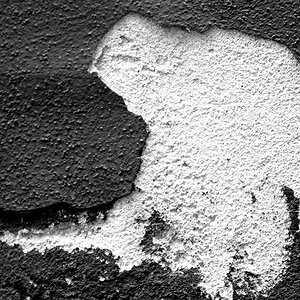


![[No title]](/data/xfmg/thumbnail/39/39500-340f9581ccea2902f4cca7c656232f9e.jpg?1619739057)
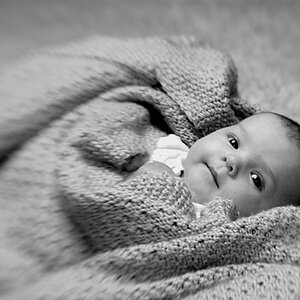
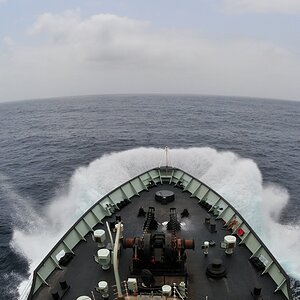
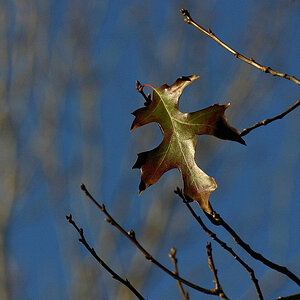

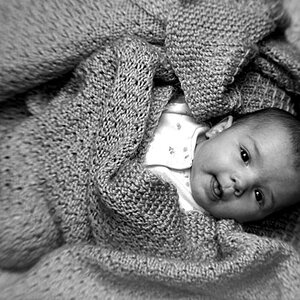
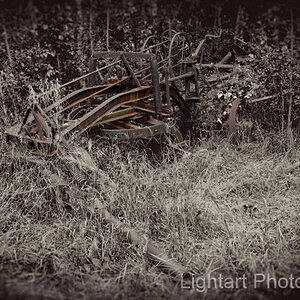
![[No title]](/data/xfmg/thumbnail/35/35953-1a8b92df0115ff7026f31b78855ac815.jpg?1619737264)
![[No title]](/data/xfmg/thumbnail/40/40306-ea393f71adcd88a9abb9fb16dc6af2d5.jpg?1619739413)